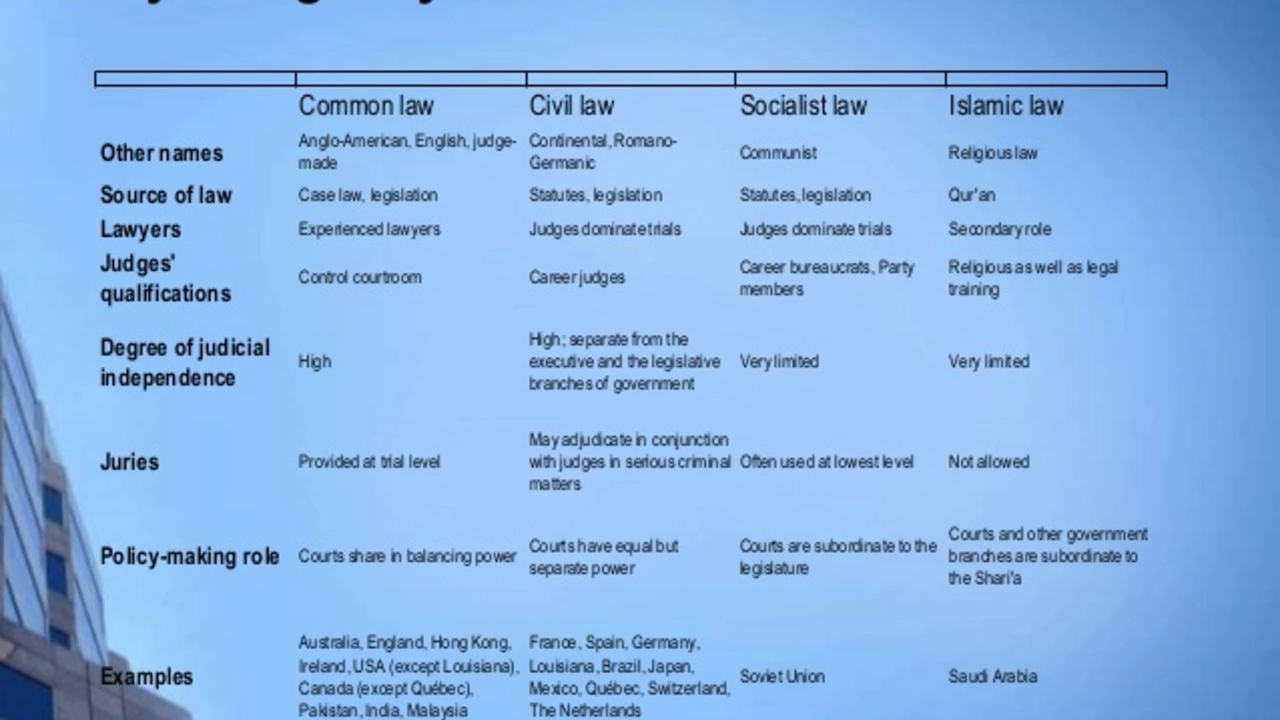Living in India – What You Need to Know Before You Move
If you’re thinking about packing your bags for India, the first thing on your mind is probably how everyday life will look. Will you find a place to stay? How much will food cost? Can you get around without a headache? This guide breaks down the basics so you can start planning with confidence.
Housing and Daily Expenses
Finding a home in India depends on the city and the neighborhood. In metros like Delhi, Mumbai, or Bangalore, a one‑bedroom apartment in a decent area costs anywhere from ₹20,000 to ₹50,000 a month. Smaller towns are much cheaper – you can often rent a similar space for under ₹10,000.
Most landlords ask for a security deposit equal to two or three months’ rent, so be ready with that upfront cash. Utilities – electricity, water, gas, and internet – add another ₹3,000 to ₹7,000 per month depending on usage and the provider.
Grocery bills are surprisingly low if you shop at local markets. A basic basket of rice, lentils, vegetables, and spices for two people runs about ₹2,000 a month. Eating out at street stalls or small cafés can be as cheap as ₹100 for a full meal.
Transport, Food & Cultural Adjustments
Public transport is the cheapest way to move around. Metro rides cost ₹10–₹60 per trip, while auto‑rickshaws and city buses charge ₹15–₹30 for short distances. If you prefer a bike or scooter, buying a used one costs around ₹25,000–₹40,000, and fuel is under ₹100 per litre.
Food is where you’ll see the biggest cultural shift. North Indian dishes like dal‑makhani and roti are staple meals, while South India offers dosas and idlis. Most restaurants have a vegetarian option, and many places label dishes as “veg” or “non‑veg.” Don’t be surprised if you’re offered a glass of water with lemon – it’s a common hospitality gesture.
Safety-wise, India is generally safe for residents, but it’s smart to keep valuables out of sight and use reputable transport services at night. Learning a few Hindi phrases – “Namaste,” “Shukriya,” “Kitna hai?” – goes a long way in building trust and getting better prices.
Finally, remember that bureaucracy can be slow. Getting an India‑specific ID like the Aadhaar card, opening a bank account, or registering a mobile number may take a few weeks. Patience and a friendly attitude will help you push through the paperwork.
Living in India offers a mix of modern comforts and rich traditions. By understanding housing costs, daily expenses, transport options, and cultural nuances, you’ll settle in faster and enjoy everything this vibrant country has to offer.
Posted by
Arvind Suryavanshi
0 Comments

Living in India versus the UK presents quite contrasting experiences. The UK is known for its orderly lifestyle, advanced infrastructure, and colder climate, while India is famous for its rich cultural diversity, warm weather, and bustling cities. In terms of cost of living and buying power, India tends to be more affordable. However, the UK often ranks higher in terms of quality of life and public services such as healthcare and education. Both are beautiful in their own unique ways and offer different perspectives and experiences.
read more